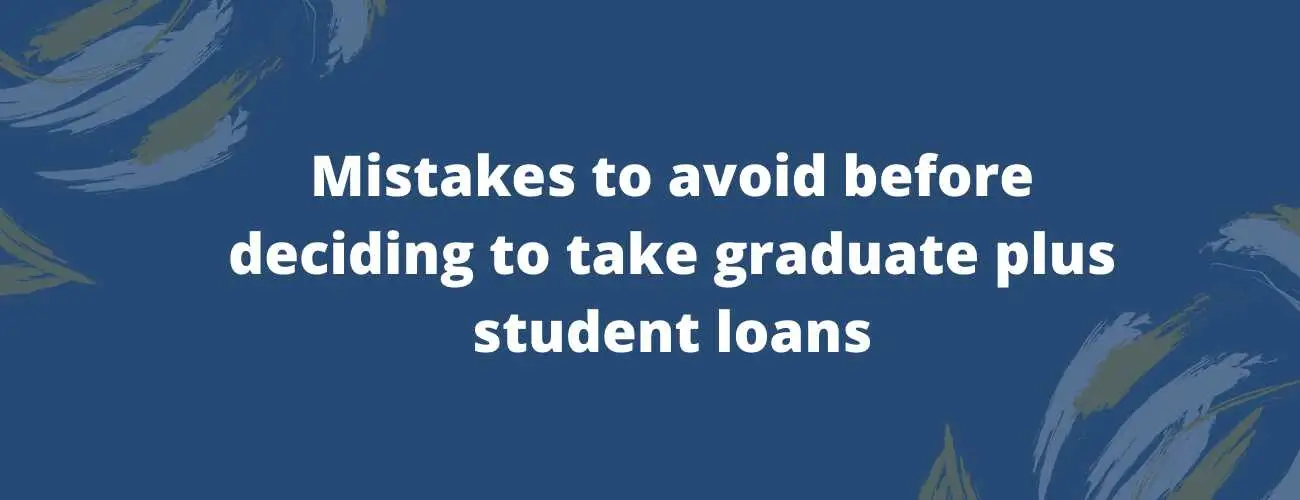How to get a Student Loan
Learn all about how to get a student loan and apply for federal and private loans, understand the different types, choose the best options and compare them. This article aims to give complete information about student loan.
Updated by Jason Joy Manoj on 17th December 2020
Tuition for college is on a rise and the need for financial aid for college aspirants is never-ending. As of June 2019, 44.7 million people in America are in debt due to student loans from either the Federal Government or private lenders. This number also seems to be ever-increasing.
It’s safe to say that the cost of education is high and it’s only going to get higher in the years to come and it is high time that you know how to get loans for your college.
So how do I get a student loan? To answer your question, there are scholarships and grants and other ways to help pay for your college tuition. But they are limited in number, and if you don’t land one of them the option you’re left with is to borrow money.
According to statistics 7 out of 10 people borrow money for college, there is no denying that student loans are extremely essential for many individuals to pay for their education. Many people had received their education only because they were offered student loans which would not have been the case otherwise.
If you need funds for your college education and are looking into your options for taking loans, go through this article we explain how to take out a student loan along with the details of the several loan options that you have. We will discuss the various offers, loan amounts, requirements, their interest rates and a lot more.
Before getting into details let's get it clear that there are 2 broad types of student loans - Federal Loans and Private Loans.
Steps to follow to get a student loan
- Know the options available as well as where to get student loans
- Compare and evaluate the options available for you
- Apply for a loan
Step 1. Know the options available as well as where to get student loans
As mentioned earlier, you have to choose between a private loan or a federal loan, but if you are currently planning to pursue an undergraduate study then you should choose a Federal Loan such as Stafford Subsidized and Unsubsidized loans as they don’t consider your credit history or a co-signer. So if you have a bad credit history or no credit at all you can still get a loan.
In addition, there are a number of benefits associated with a federal loan as they come up with a number of forgiveness and repayment options that you can use once its time to repay your loan. However, if you need to borrow a huge amount, then go for private loans. Knowing where to get a student loan is important as well. For student loans from the US Department of Education, refer below.
FAFSA to the rescue
Fill out the FAFSA (Free Application for Federal Student Aid) form to get an idea of the type of loans you are eligible for from the US Department of Education. FAFSA can really help students in getting the aid they need for tuition but most students tend to overlook the benefits offered, in fact, there was a report from the US Department of Education stating that only 55% of students completed the form.
Filling out the FAFSA can be fruitful for some if they are eligible for certain aid but for the rest who don’t qualify they have to search for other forms of financial aid to help them.
Those who fill the FAFSA form, the loans they can be eligible for are -
Direct Subsidized Loans
Direct Unsubsidized Loans
Direct PLUS Loans
Direct Subsidized Loans are those loans given by US Department of Education which are designed to help students who have a financial need, although this ‘need’ isn’t clearly defined. It can be possible that this need is evaluated based on the financial situation of the applicant during the particular year of the loan application.
Direct Unsubsidized Loans aren’t specifically designed for those indicating financial need. In principle, everyone who has filled out a FAFSA form is eligible for an unsubsidized loan if they attend school at least part-time and if they haven’t received this loan in the past and are currently over the borrowing limit. This limit is determined by the US Department of Education.
Direct PLUS loans are loans by the US Department of Education designed specifically for the students who are working towards a graduate degree and do not have a poor credit history. Parents can also get Parent PLUS Loans for their children.
Repay day
Now since you know the various federal loans available, it should be kept in mind that someday you will have to repay these loans.
Before going further on applying and qualifying for a loan you must run the numbers to get an idea of what you are getting yourself into.
Use a loan amortization calculator to get an understanding of how much you will have to shell out each month during the repayment period. And also get a better understanding of the interest you will have to pay.
If you are going for a standard repayment plan then you can use this calculator from FinAid.
Time taken to get a student loan
Federal Loans - The time it takes varies between a private loan and a federal loan. For a federal loan, you need to first fill up a FAFSA form which usually takes 3 days to 3 weeks depending on how you filed the FAFSA, through a valid email address or signed electronically.
After the FAFSA is processed and the data reaches the university/school you will receive a financial award letter if you are eligible. This letter is usually given for first-timers in the month of April or late March.
After receiving this document you will have to sign a Master Promissory Note (MPN) after which the college will disburse the loan. Colleges can disburse these loans within 10 days before the first days of classes while some colleges can delay the disbursement for up to 30 days until the first day of the student loan payment period.
Private Loans - In the case of private loans, you may have come across an advertisement stating that you can receive a loan in less than 3 minutes. They have a flipside to this claim, that is you could even be rejected for a loan in less than 3 minutes.
While applying for a private loan it is important to know the two main types of private loans out there - School-certified and Direct to Consumer Loans. School certified loans are disbursed directly through the college and direct to consumer loans are paid directly to the borrower.
Although direct to consumer loans are more popular, they have a high fraud rate so the number of lenders that offer these loans is quite less.
It takes 3 to 10 weeks for you to receive a loan from a private lender.
Looking for student loans? Find the best student loans.
Step 2. Compare and evaluate the options available to you
There is no fixed way for you to compare student loans as the comparison is based on the individual financial situation. Here are some general guidelines to help you compare and choose the right student loan for you.
Factors to consider
-
Subsidized vs Unsubsidized - For a student who is in financial distress, it would be suitable for him/her to go for a loan that is labeled as subsidized. The student's primary priority should be to apply for a grant.
-
Amortization - A crucial factor to compare various loans is the monthly payments expected to be made, some payments seem quite unreasonable. It is crucial to keep the total cost of the loan in mind, after determining the monthly payments add on the interest costs and check how much you will be paying for the loan product as a whole.
If you have taken up a federal loan, you can even explore the repayment plans you can take up later on. You can use this Repayment Calculator.
If you are taking a repayment plan with a private lender, they usually provide detailed information so you wouldn't have to worry too much about the calculations.
Loans with benefits
Look out for the additional features you can avail by taking a particular loan. For example, with Federal Loans, you can tie up the monthly repayments with one’s income after graduating. Federal loans also have a variety of forgiveness programs and discharge options as well.
If you do come across a doubt while trying to compare or you simply cannot understand something then you can contact a federal aid officer who can give you valuable insight and help you in making a decision.
Step 3. How to apply for student loans?
When you want to apply for a loan you should keep in mind how much expenses will the loan applied for will cover, what it the eligibility requirements and more. It isn’t difficult to get a student loan. Because of the number of loans and options available out there you need to change the mindset and start applying for loans that are best suited for your situation.
Applying for a Federal Loan
You must submit FAFSA to be considered for a Federal student loan. FAFSA is maintained by the US Department of Education. Things to keep in mind while applying for FAFSA -
Remember it's free of cost for submission (if it's charging a fee, then you are on the wrong website or it's a scam)
The completion of FAFSA application needs to be done every year as money for tuition fees are paid annually
Complete and get it before October, or as soon as possible
An early application might give you a chance of getting some grants which are on a first-come-first-served basis
Federal Aid consists of both grants and loans. Stafford loan consists of Subsidized and Unsubsidized loans that are provided to a student, respective to financial needs and also irrespective of financial needs. The amount of loans depends on the funds allotted to the colleges. Direct PLUS Loans are also a part of Federal aid.
Requirements
In order to get your loan approved you must meet the following requirements -
Have a valid Social Security Number
Male students between 18 - 25 must register with a service to receive loans
Permanent citizens with green cards can apply for aid. Immigrants with T-1, battered-immigrant-qualified alien are also eligible
A student holding a high school diploma or equivalent GED or certificate from the homeschooling program
Enrolled in an eligible school as unaccredited schools might not qualify for a federal loan(Some school has chosen not to receive federal aid)
Filling of FAFSA asks your family's financial information to determine how much of amount are you qualified for. Without FAFSA, you can’t receive Federal loans and grants
Maintain good standing with federal financial aid
Maintaining a minimum of 2.0 GPA or risk losing financial aid until your grades improve
Students must be considered at least half-time to be eligible for loans (The college determines what part-time and full-time status is)
Applying for a Private Loan
Since private student loans are offered by banks, credit unions, and financial institutions, you can apply directly to the lender.
First, go to the lender's website
Check the interest rate of the loan with the repayment flexibility options and benefits
Apply through the website. Choose the type of repayment option and interest rate according to your needs
Consider adding a co-signer which might boost your chance of getting a loan and decreasing your interest rates
The lender will check your credit score and your co-signer, if you have any, and will contact you for further steps
Getting a private loan is not difficult. Contact your university whether they are enrolled in school channel loans. School channel loans are loan programs arranged as collaborations between colleges and financial institutions.
There are several private financial organizations that specialize in direct to consumer private loans by contacting them and under various possibilities, choose the one that fits your needs the best.
Requirements
-
Each private loan service has different requirements so check every lender in detail because of this determining whether it is hard or not to get approved for a private loan will depend on the lender you choose.
-
Most companies require a minimum income and credit score before they agree to lend you any amount
-
Private lenders often need a co-signer because a college student typically has no income or credit history.
Don't need a co-signer?
Although most private loans require a co-signer, there are some options available for those who do not have a co-signer.
There are lenders like Earnest and Ascent who offer student loans without the need for a co-signer. Sallie Mae also provides loans without a co-signer but under special conditions.
There are lenders who offer a co-signer release after certain months of payments. Lenders like Ascent offer the release after 24 months in the event that you make on-time payments your loan. While Sallie Mae and Chase allow co-signer release after 12 and 36 consecutive payments.
Compare your private student loan options and check if you can land a better deal. Beware of scammers who provide a six-figure loan without any necessary document verification.
Looking to refinance your student loans? Find the best companies to refinance.
Conclusion
While looking for a student loan either from federal or private institutions, always make sure you are aware of the terms and conditions. Choose the action which will be suitable for you in the long term, you will be repaying the loan amount that you have taken for over years after your graduation. Bottom line- Check for the cheapest and most suitable student loans available in the market. However make sure that you exhaust all your federal loan options from the US Department of Education, as the Federal Loans along with low-interest rates offer different benefits such as Income-driven Loan Repayment plans, and Student loan forgiveness programs.
Plan for the student loans accordingly and check the repayment plans as well. Decide on a co-signer with a good credit history and you are good to go.
Hopefully, you now know a way to pay for school.
Other Blogs You May Be Interested In-
| Minumum Credit Score | Apply in as little as | Variable APR | Fixed APR | ||
|---|---|---|---|---|---|
 | Not Available | 15 minutes or less | 2.95 | 4.74 | View disclosures |
 | 620 | 2 minutes | 5.38%-16.99%1 | 4.43%-16.99%1 | View disclosures |
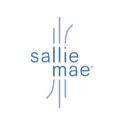 | Not Available | 15 minutes | 1.13% - 11.23%¹ (with autopay) | 3.50% - 12.60%¹ (with autopay) | View disclosures |
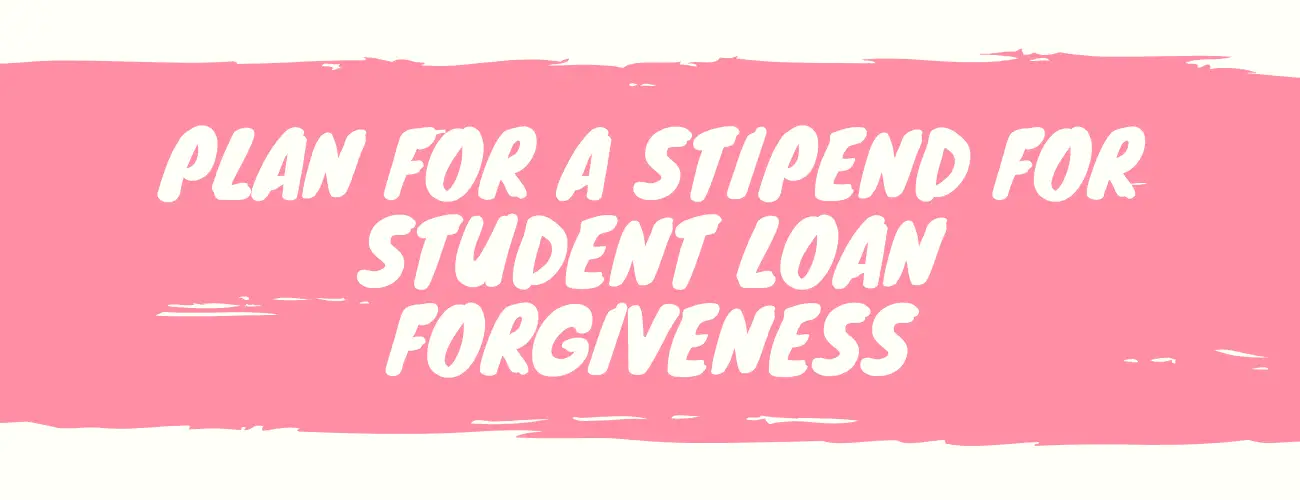
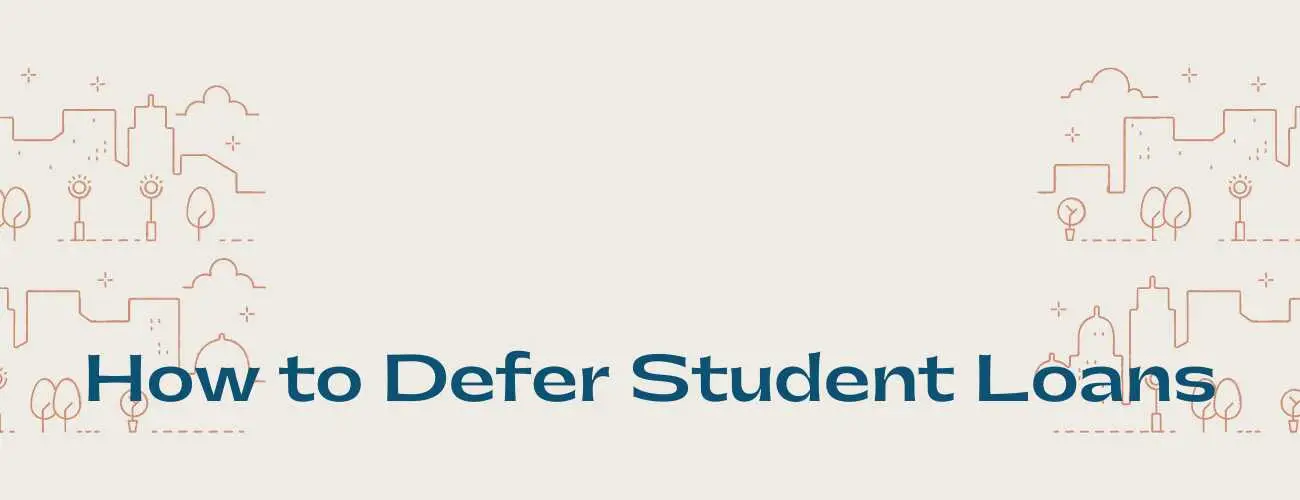
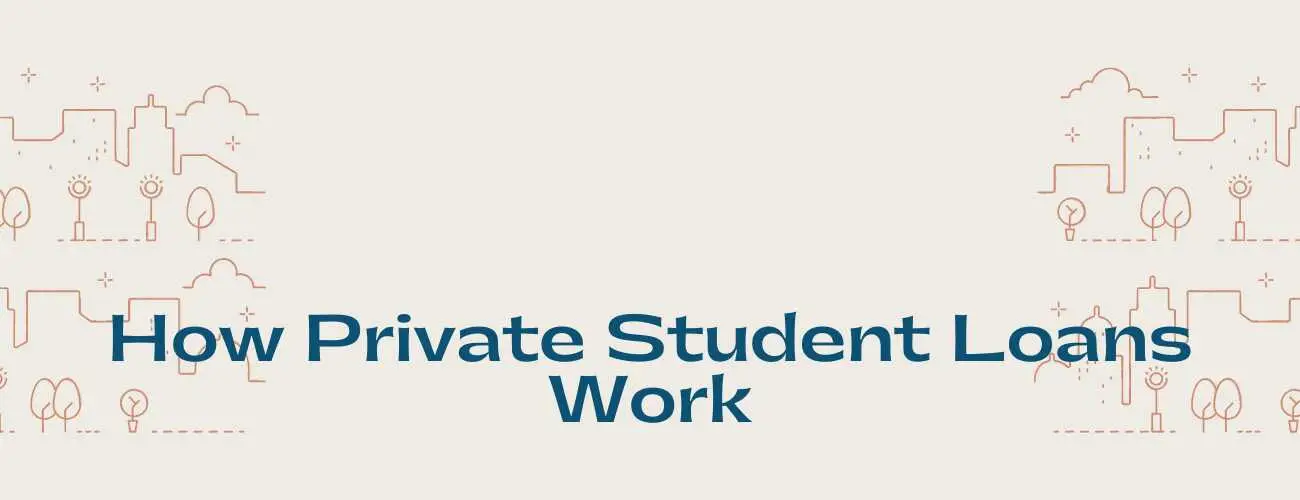
93.jpg)
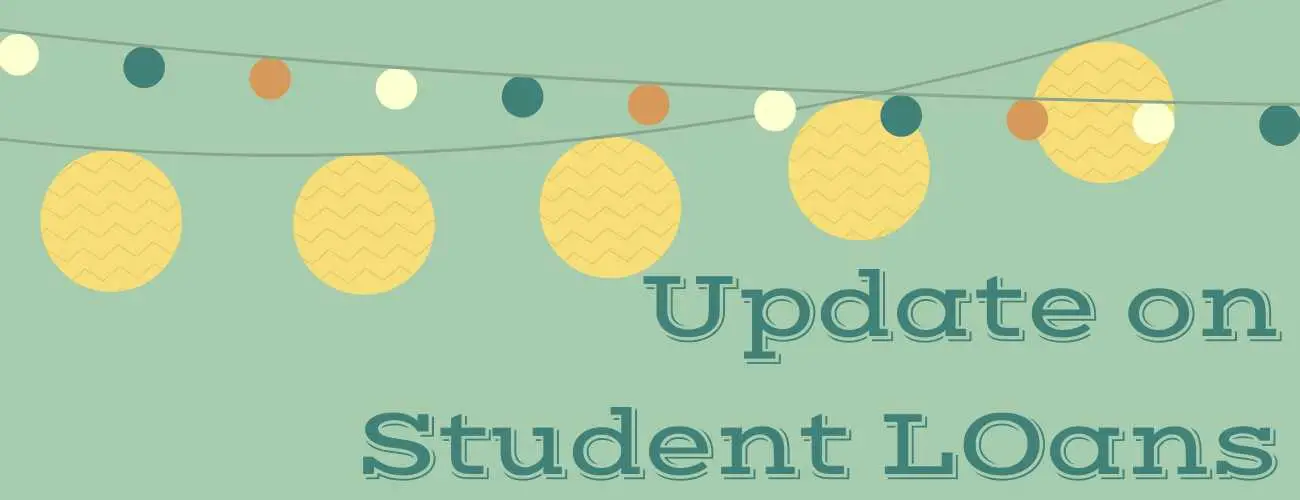
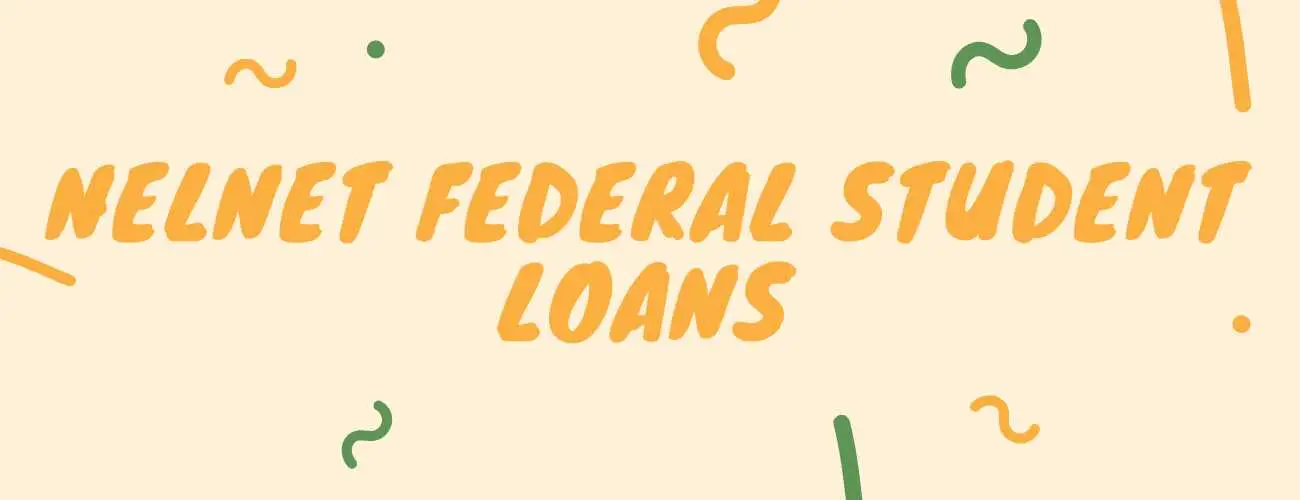
28.jpg)
